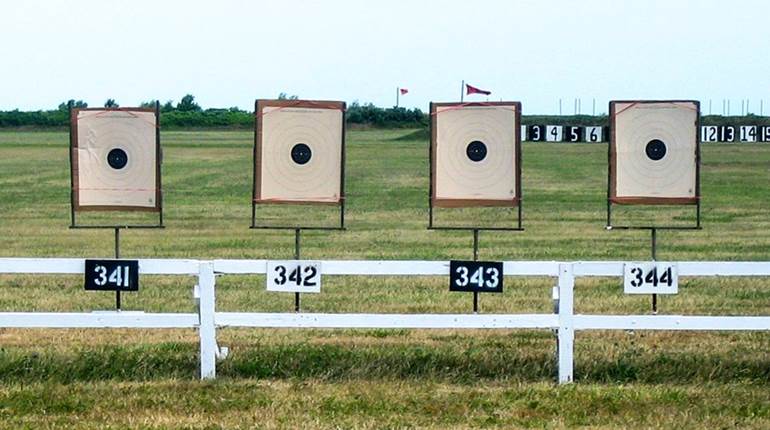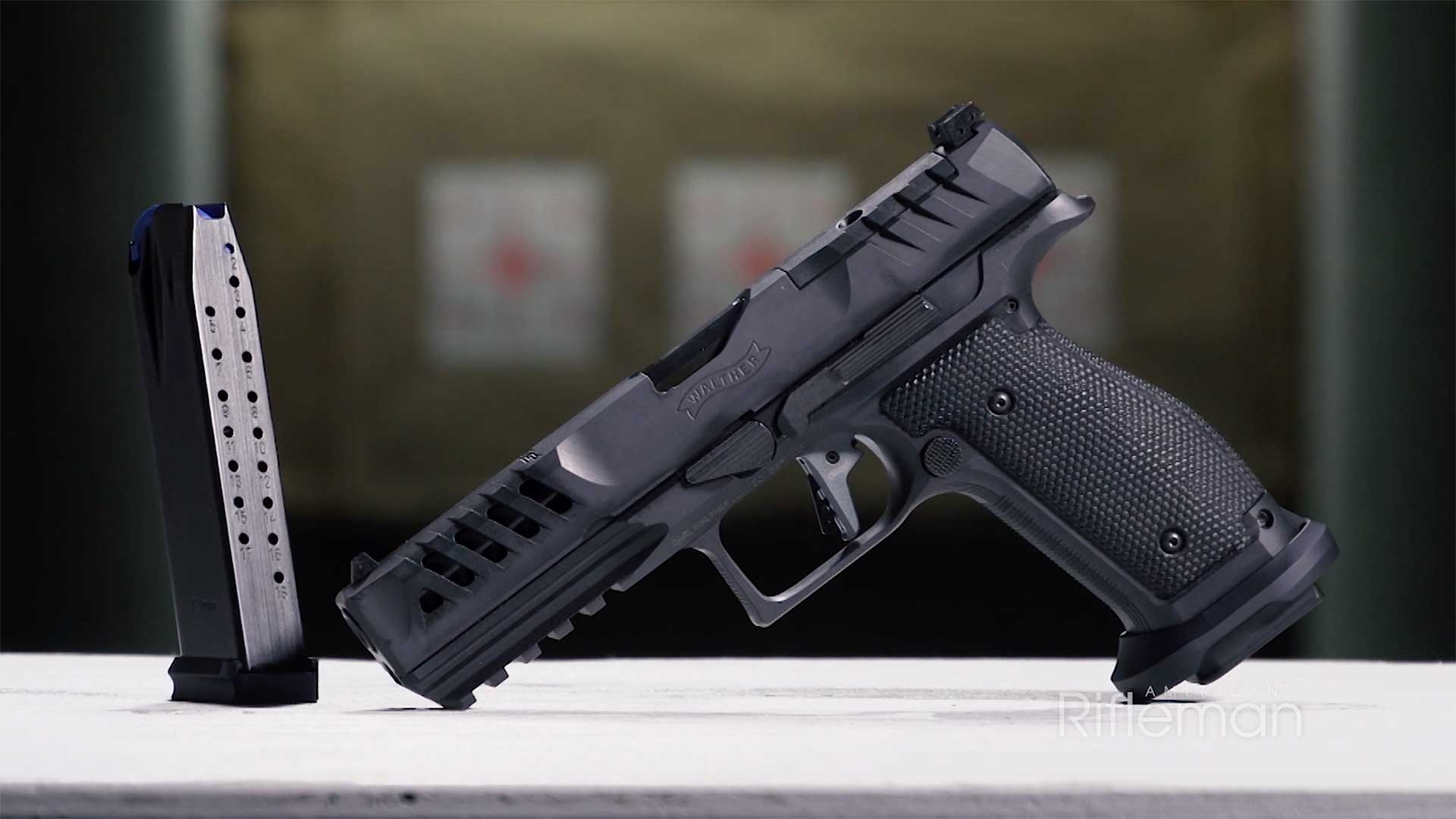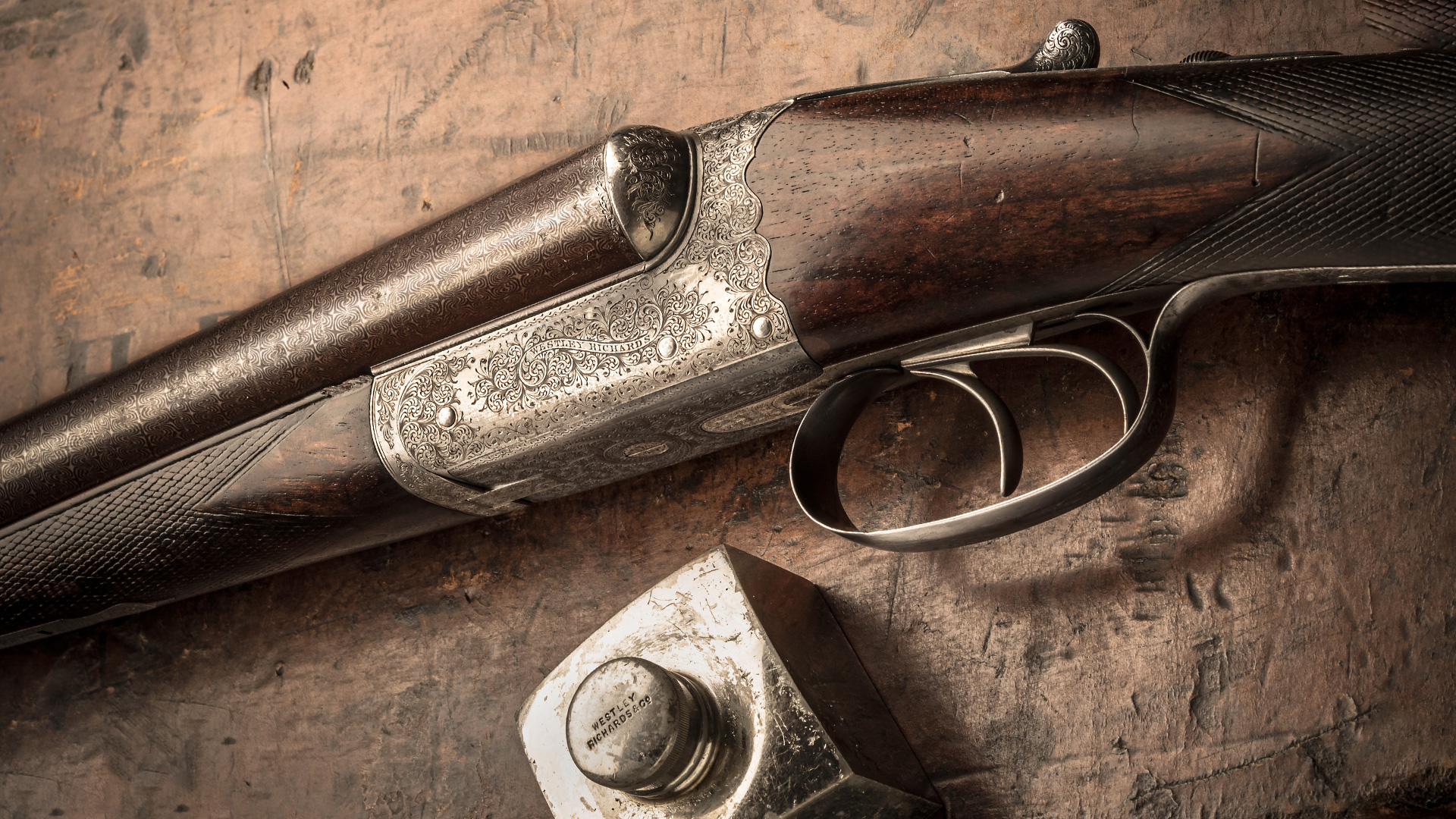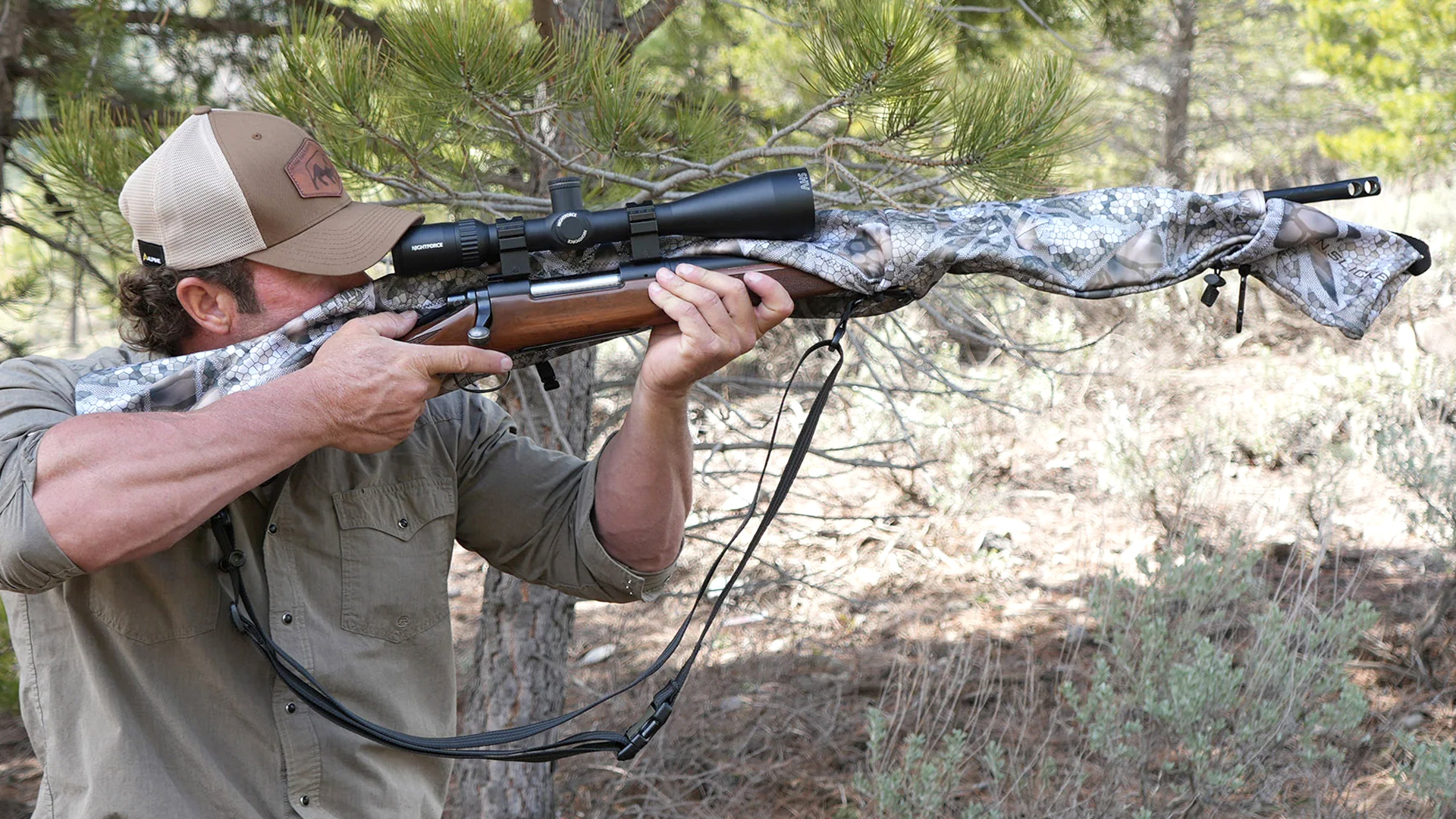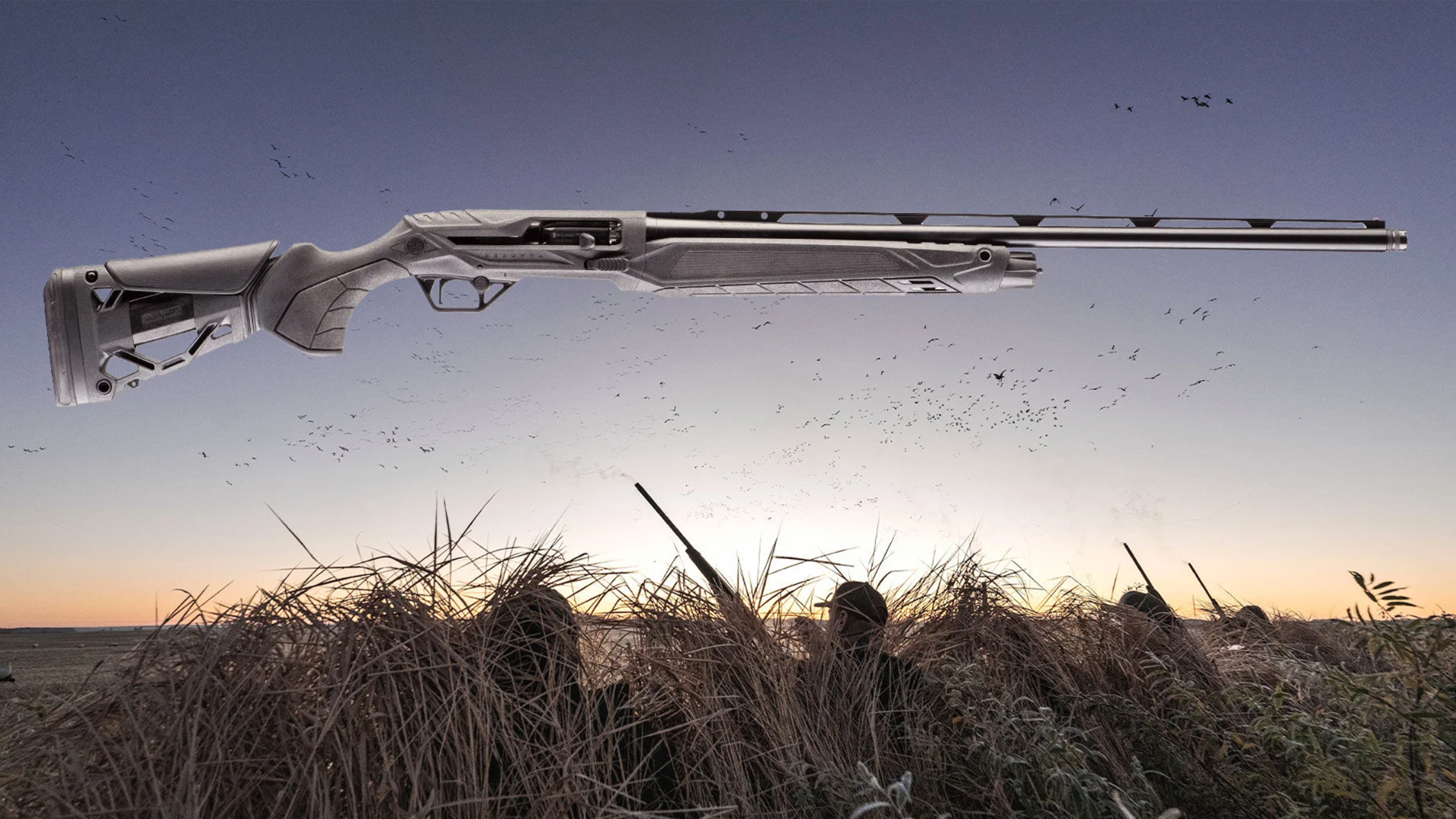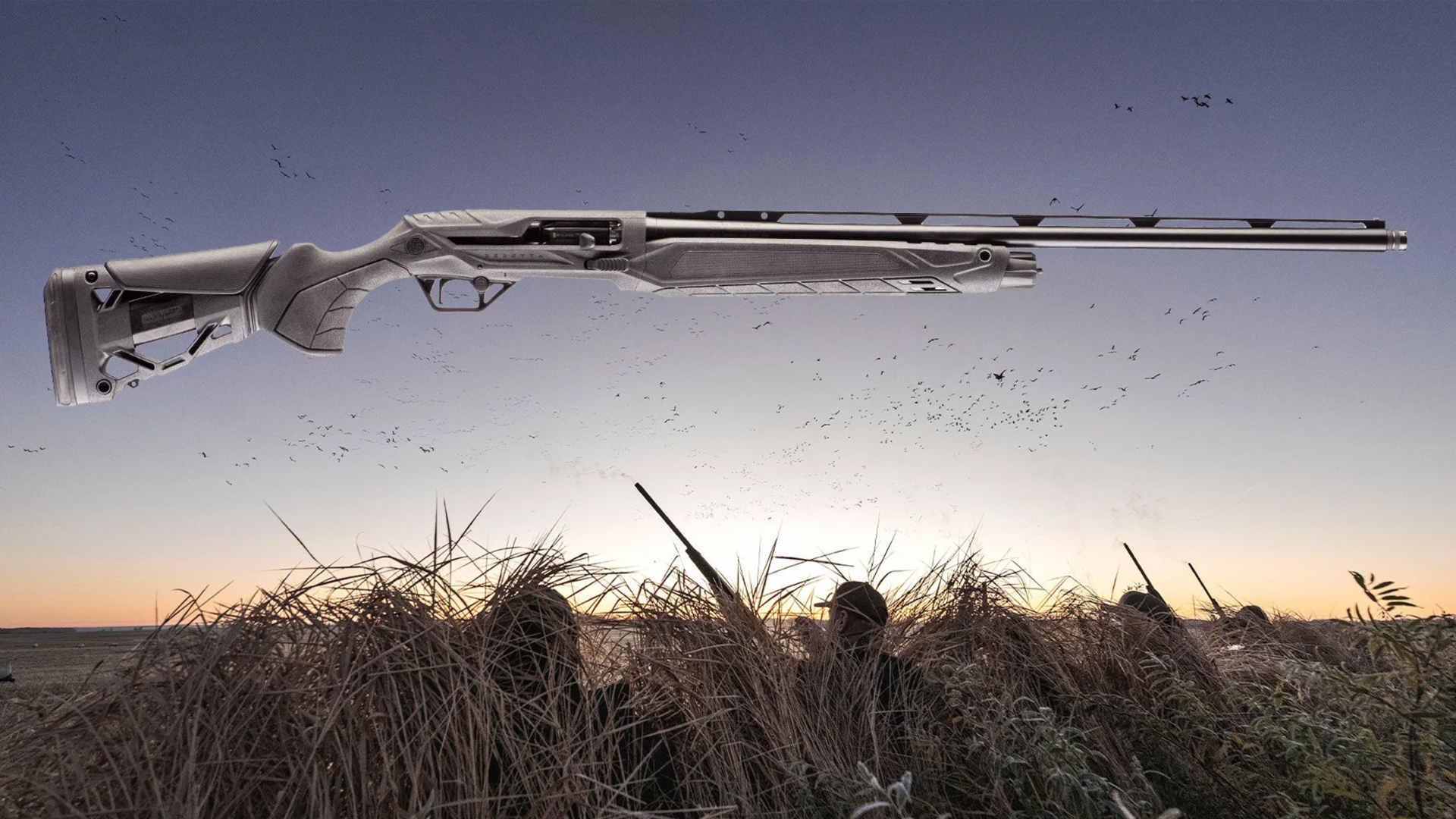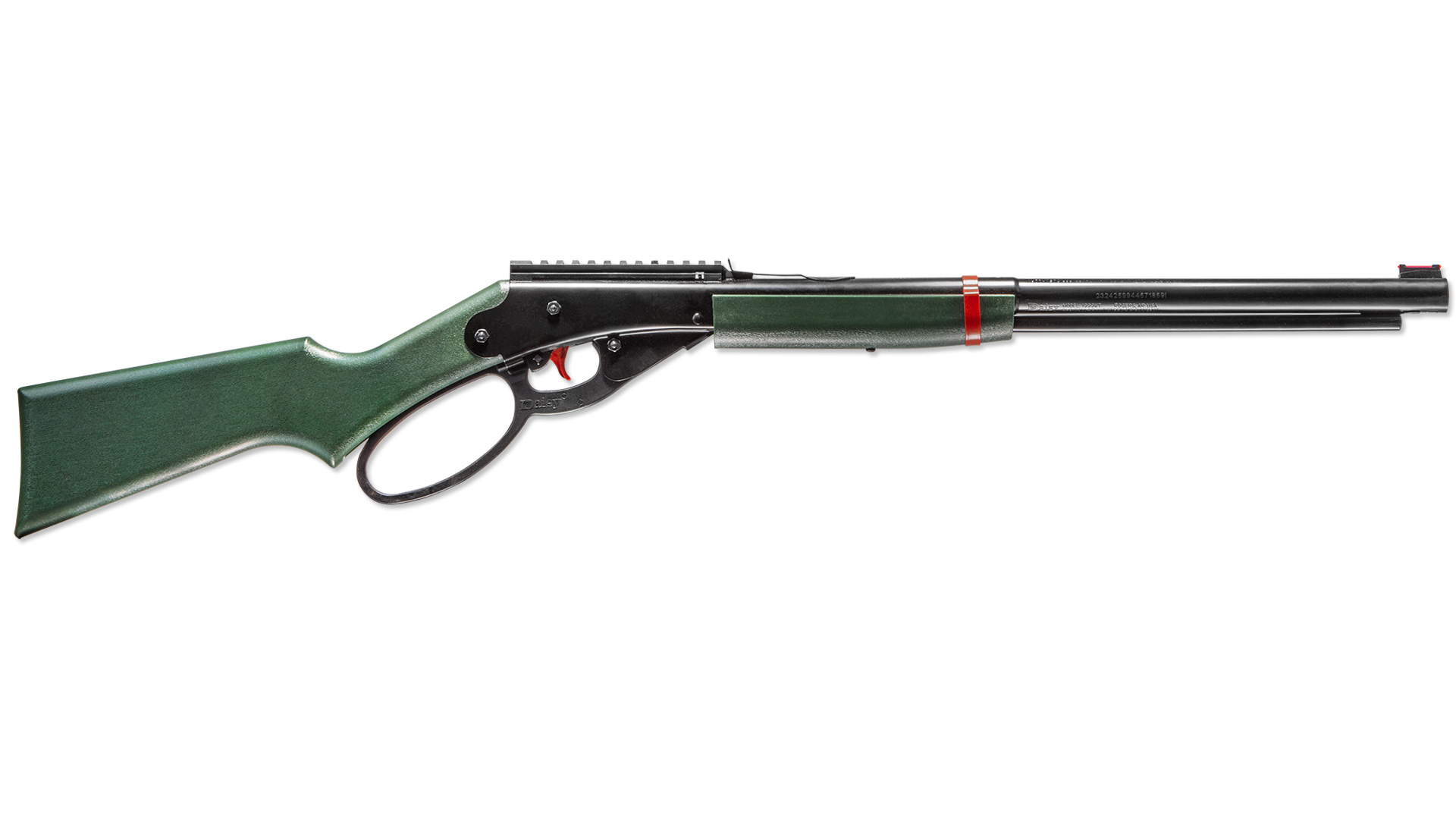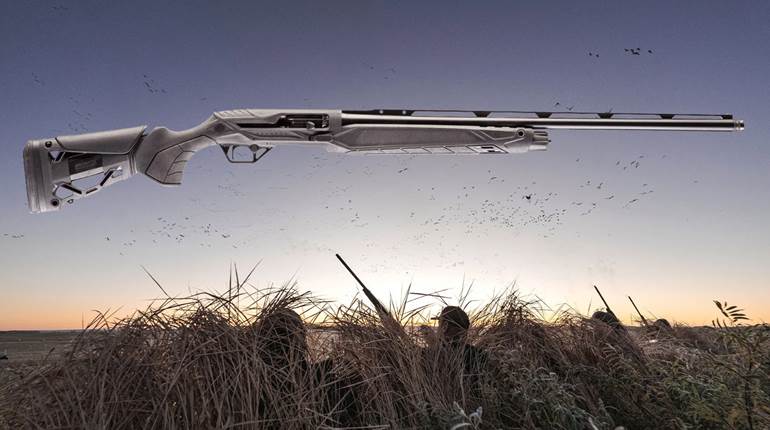
When someone asks me what they can do to improve their pistol marksmanship, I tell them “Do not, do not, do not follow my example.” When I started learning—it is an ongoing process, I learn something every time I go out to shoot—I did everything the hard way. Whether it was shooting too much live ammo vis-à-vis dry-fire practice to attempting to learn to shoot two very different pistol platforms simultaneously—semi-automatic and double-action revolvers—it took me longer and way more ammo to become relatively competent. 
Learning any skill takes some time and determination, and handgun shooting is no different. There is no pill, gizmo, gadget or incantation to the six-gun gods that will turn you into a good shot overnight. Progress is almost always inconsistent. You’ll struggle along for a while seeing little to no improvement, then suddenly, like having an epiphany, there will be a marked progress, followed by another plateau. But if you consistently use the techniques I am about to mention, your handgunning skills will improve. Blow them off, and your skills will follow them.
These techniques are not earth shattering. If you are following these already and your handgun accuracy isn’t what you expect, you’ll probably need to enlist the services of a professional coach or trainer. In fact, if you are truly motivated to become a better handgun shot, you would be well advised to seek training from a professional. Four or five days of intensive training will make a world of difference—and improvement—in your shooting and gun-handling skills.
With that in mind, here are five things you can do to improve those skills.
Gun Fit
In my article, handgun fit, I assert that, if you are struggling to hang on to your piece when shooting, or it’s jumping around in your hand, everything else is moot. Your handgun’s backstrap must be supported by the center of your palm as much as possible. If the backstrap of your gun is on your thumb because it’s the only way your trigger finger can reach the trigger, the gun—or at least the grip—is too large for you. Conversely, if your hand is larger than most and you find it difficult to get a firm and consistent contact with your strong-side hand, your targets are going to resemble a shotgun pattern board. It is usually possible to get aftermarket stocks for a revolver which will help you acquire a better grip with your primary hand if the factory grip is too small. Some semi-auto pistols come with replaceable backstrap inserts which allow you to get a better purchase on the gun. This is one of the primary reasons I implore folks to try before you buy. Even if you have to drive a couple of hours to find a range that has rental guns, it will pay off big dividends for you to get a gun that fits from the start. Otherwise you may end up buying and selling or trading several guns before finding the best one for you. The money you will lose in those transactions would be better spent on ammo.
This is one of the primary reasons I implore folks to try before you buy. Even if you have to drive a couple of hours to find a range that has rental guns, it will pay off big dividends for you to get a gun that fits from the start. Otherwise you may end up buying and selling or trading several guns before finding the best one for you. The money you will lose in those transactions would be better spent on ammo.
Dry-Fire Practice
It’s boring, no doubt, but the only way you are going to become familiar with your gun is to handle it regularly. Sight alignment and trigger control must become as familiar to you as putting on your pants. I should not have to say this, but I must: Dry-fire practice is done without any cartridges. If you are forgetful, the cartridges should be in a different room. An empty gun is better for practicing other non-shooting exercises, as well, keeping the Four Rules of Gun Safety foremost in your mind.
Ten perfect alignments and trigger squeezes, twice a day, will help you make a significant progress in your marksmanship desires. Force yourself to focus on the front sight. Dry-fire practice will also be a primary tool when you develop a flinch—and you will develop a flinch from time to time. It helps refocus the mind and eye on sight picture and perfect trigger control. 
Start Close and Slow
About half of the four or five dozen people I have taught basic safety and marksmanship to have either asked me about or, worse yet, stated definitively that so-and-so did such-and-such in a movie or on television with a gun. That’s when I have to break some really harsh news: Don’t ever use entertainment to serve as a practice or behavioral goal when it comes to guns—or life for that matter. The amazing feats that occur on the silver or small screen are limited solely on the imagination of the scriptwriter. No one is going to put three shots from a ladder-sighted Sharps rifle into a playing card at 700 yards from a bench, let alone offhand. Similarly, no one is going to point shoot from the hip with a 2" barreled revolver and knock a guy off a water tower 200 yards away.
So when you are getting started, put your target close—3 yards is a good place to begin—and shoot each round separately and as perfectly as you can. Do not throw a can out 10 or 15 yards downrange and rip through a magazine or cylinder full of cartridges. Take your time. Lower the gun between shots or even holster it. You should try to make each shot as if your life depended on it. When all your shots at 3 yards are making one hole, move the target downrange 2 yards and repeat. When you get 7 to 10 yards away and your groups are inside 4", you can start making follow-up shots, but make sure your follow-up shots are just as well aimed and controlled as your initial shot. If your groups start getting larger than 4", slow down and/or bring the target closer.
Resist the urge to occasionally rip off a magazine or cylinder full just to blow off steam or to look cool. It is a bad habit; bad habits will self-perpetuate and prevent you from becoming a good shot. Similarly, when you get to the draw and re-holstering, avoid trying to be a cool kid by being superfast. If you are practicing for self-defense, keep in mind there is not a single recorded incident of anyone winning a gunfight because he or she re-holstered their pistol faster than the other guy. On the other hand, there are quite a few videos of folks skittering a bullet down their leg because they tried to holster their gun a bit too quickly. 
See Your Sights
It should not be a surprise to learn that if you cannot see your sights, your shots will unlikely land where you want them to. Shooting is a very visual endeavor. If your eyesight is bad—or deteriorating because of age—man up or girl up and get some prescription eyeglasses. If you are among us “mature folk,” you may need a separate set of glasses for shooting that focus best at arm’s length.
One of my test guns is a Smith & Wesson Model 60, a stainless steel .38 Special. The white stainless steel front sight fills the groove on the topstrap pretty well. For that revolver, I was shooting at 10 yards. The morning sun was hard to my right and effectively blew out any precision I may have had. Instead of waiting or moving the target to a different perspective on the sun, I bullied my way through the test. My groups were along the line of that shotgun pattern board I mentioned earlier, and my tests were meaningless. The point is, you cannot hit what you can’t see. If the factory sights are not useable by you, then you need to see if there are aftermarket sights available.
Trigger Squeeze
Most of you have already heard, “Squeeze the trigger; don’t jerk it.” But do you know what that means? This is another skill that can be cultivated by dry firing. Ensure your handgun is empty. With the muzzle pointed in a safe direction and without looking at your gun, begin to slowly apply pressure to the trigger until it breaks. You should not be able to determine exactly when the trigger will break. If you can, you are jerking the trigger. Hold the gun away from you but don’t look at the sights. Repeat this exercise while closely watching the gun. If it moves even a tiny bit, you are jerking the trigger. There should not be any movement of the gun as the hammer drops or the striker is released. Continue to make this exercise a part of your dry-fire practice regimen.
Now try it while aligning the sights on a target. Focus and concentrate on the front sight. If the sights move when the hammer or striker drops, you need to go back and practice the fundamentals again.
If you do these five things, you will see an improvement in your shooting. Do these things every time, and you will be one with your handgun. Being one with your handgun means you will hit your mark virtually every time rather than being an annoying and expensive noisemaker.
Finally, here’s a bonus tip: Have your shooting buddy video you when you shoot. Then, in the privacy of your home, you can observe exactly what you are doing. If you are doing something wrong, say too much extraneous motion when drawing or re-holstering, you can take note of it and start taking steps to correct it.














